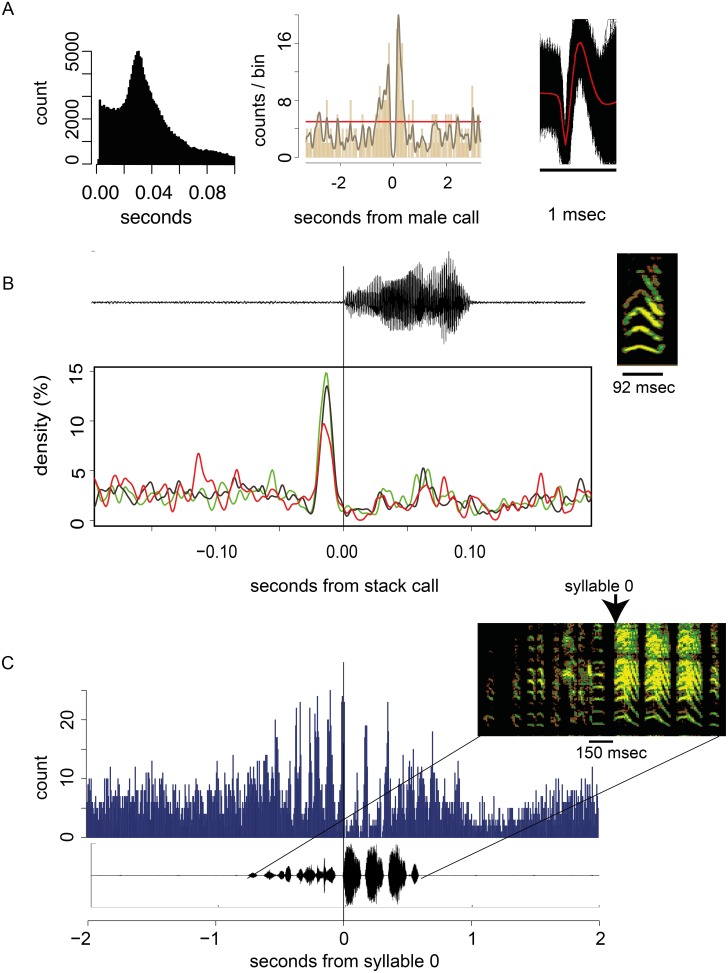Figure 4. Activity of RA neurons associated with calling and singing.
All data from one representative example where the same RA unit fired during song as well as before stack call production. The recording was 4 h. A. Properties of the recorded unit and the stack calling exchange of the recorded male with his partner. Left: Interspike interval (ISI) histogram of the unit that was isolated after sorting. The histogram describes a neuron that has a modal ISI of 30.4 msec, which is typical for RA neurons recorded in free moving finches. Center: PSTH of male and female stacks aligned on the 137 male calls. Right: 196642 superimposed waveforms of the unit. B. RA activity associated with different stack call categories. RA unit firings aligned to the onset of the stack call. The call is amplified x10 as compared with the song shown in C. Stack calls categorized as “answered” (green, N = 44), “answer” (red, N = 28), or “no connection” (dark grey, N = 65) are associated with elevated RA firing before the call is produced. The RA activity patterns are very similar and seem independent of the stack call category. The call has an average FM value of 24.3 which is well within the range for stacks. The stack does not resemble any song syllable C. Binned activity of an RA neuron, aligned to 33 songs produced by this animal. The pattern is aligned to the first of the three repeated syllables (arrow). Binwidth: 5 msec. During song production, the firing rate of the unit corresponds with specific syllables.

